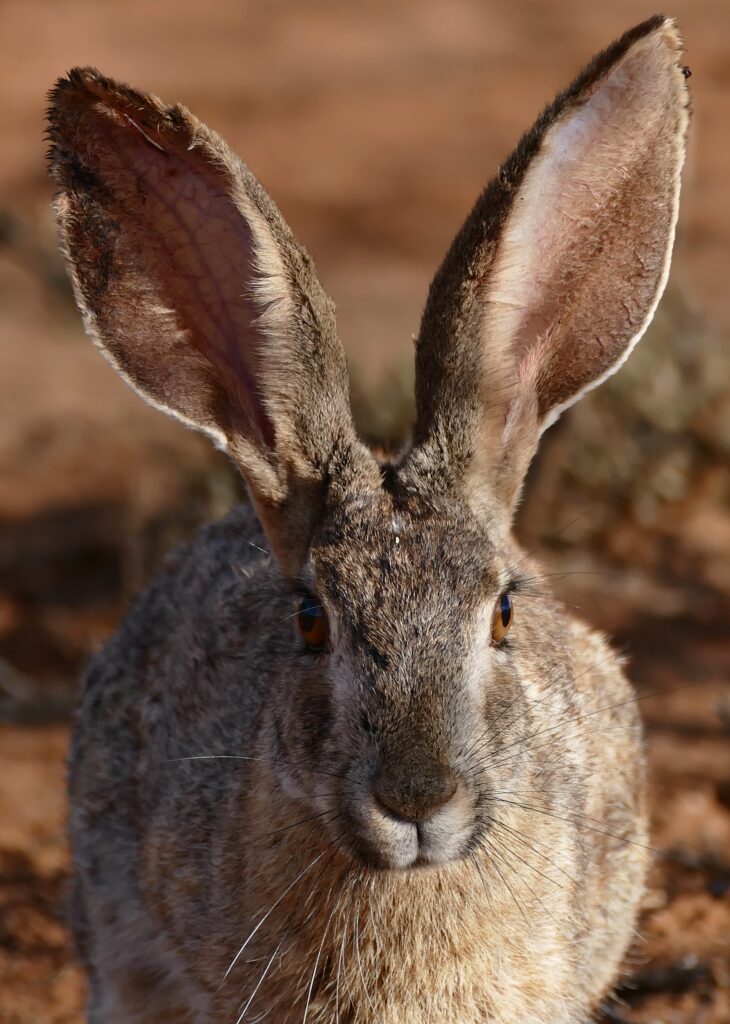
Absolutely! Let’s explore the Hares—a group closely related to rabbits but distinct in several important ways:
🐇 3. Hares (Genus: Lepus)
🔹 Overview
- Hares belong to the genus Lepus and are part of the Leporidae family, just like rabbits.
- Often confused with rabbits, but they are a separate group with unique adaptations.
🔍 Key Differences from Rabbits
| Trait | Hares | Rabbits |
|---|---|---|
| Birth | Born fully furred, eyes open | Born hairless, blind |
| Speed | Faster runners (up to 45 mph) | Slower, more reliant on hiding |
| Legs & Ears | Longer legs and ears | Shorter legs and ears |
| Nesting | Live in simple nests called forms on the ground | Live in burrows or warrens |
| Domesticated? | No | Yes (European rabbit only) |
| Social Structure | Solitary or loosely social | Often live in groups |
🌍 Distribution
- Found throughout North America, Europe, Asia, and Africa.
- Adapted to a wide range of habitats: tundra, deserts, grasslands, forests.
🏞️ Common Species of Hares
| Species | Region | Notes |
|---|---|---|
| Snowshoe Hare (Lepus americanus) | North America | Changes fur color seasonally (brown in summer, white in winter) |
| European Brown Hare (Lepus europaeus) | Europe & Central Asia | Large, fast, and commonly hunted |
| Arctic Hare (Lepus arcticus) | Arctic tundra | Thick white fur, adapted to freezing climates |
| Cape Hare (Lepus capensis) | Africa and Middle East | Nocturnal, desert-adapted species |
| Black-tailed Jackrabbit (Lepus californicus) | Western U.S. and Mexico | Actually a hare; very fast, with huge ears |
🍃 Diet
- Herbivores: eat grasses, herbs, bark, and twigs.
- Require high-fiber diets, similar to rabbits.
🦊 Predators
- Hawks, eagles, foxes, coyotes, bobcats, and humans.
⚠️ Conservation
- Most species are not endangered, but some local populations are threatened due to habitat loss, hunting, or climate change.
Would you like a side-by-side chart comparing hares, rabbits, and cottontails visually?